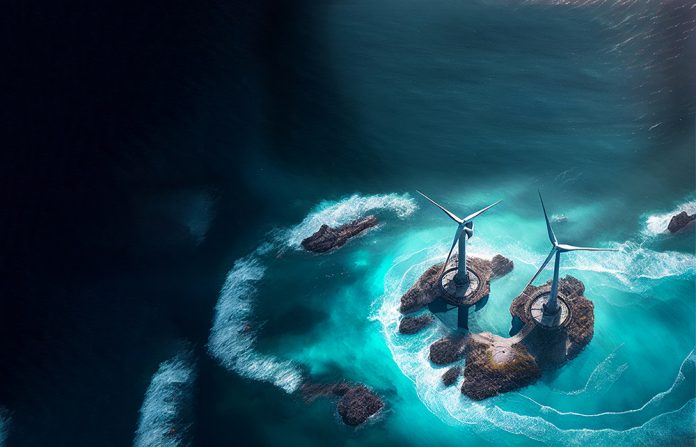As energy development in the Southern North Sea (SNS) faces an uncertain future beyond this decade, significant habitat restoration could see an environmental success story emerge hand in hand with an increased renewable energy supply for the national grid. East of England Energy Group Chair, Martin Dronfield, looked at the potential for innovative projects at a recent Marine Science and Technology Sector Council event.
Having provided developers, operators, the supply chain and wider public with energy and employment for over 60 years, the future could now be very different for the SNS.
“The recent upturn in gas production and exploration activity, driven by energy security concerns, will not likely continue past this decade, while the East of England’s inherent connection issues, lack of offshore wind developments planned beyond 2030, an overcrowded seabed and deteriorating marine environment complicate matters further.
“All of this means that it is unlikely offshore wind developers will be looking to the East of England in future. It also means that due to the volume of development already planned in the SNS, consenting processes are already indicating we are approaching, what is considered to be, the available ‘environmental headroom’.
“The marine environment is already considered to be in ‘poor condition’ – as a nation, we are committed to restore this within a generation.
“That is why Opergy and EEEGR are championing stimulating a new round of investment that results in significant habitat restoration in the Southern North Sea, which makes use of the already licensed seabed in and around existing offshore wind farms, increases the generating capacity of existing offshore wind farms, negates the need for any new cables either offshore or onshore and any new grid connections too.
“This leads to the Southern North Sea becoming something of a breeding ground for innovative marine generation devices and stimulates advanced thinking and early works on the likes of Wind to Hydrogen or Power to X.
“A business case could be created to install marine generating devices next to every single turbine in the Southern North Sea. Each placement would require a mandatory 500-metre seabed habitat restoration, with each of these charged from excess generation from wind turbines, before that power is released through the existing route when the wind is not blowing.
“Everything needed to make this happen is pretty much already in place. Innovative marine technologies are out there. The marine habitat restoration capability too. The Southern North Sea already has large areas next to protected wind farms that could support seagrass, seaweed farming and aquaculture. With these areas already licensed, there would be no need to go through the whole consent process time and time again. It could then be possible to drive up the amount of renewable energy supplied into the grid by potentially up to 10GW.
“The existing cable infrastructure already has spare capacity to carry the additional amounts of electricity when the wind farms are not producing power, too, completely eradicating the need for new grid connections. That would mean no more onshore substations, pylons and long cable corridors carving through the countryside. It would also re-establish the Southern North Sea as the heart of the offshore energy production landscape while promising further opportunities for the local supply chain and well-paid long-term jobs for the regional workforce.
“Now is the time to build momentum and a vested interest for developers to keep on developing while creating a mechanism that will ensure the wider ideas here can be realised over the longer term. This will call for a better understanding of the possibilities for the Contracts for Difference (CfD) technology pots, knowledge of the innovative marine technologies or hybrid generation solutions available to support, how any mandatory seabed habitat restoration would work, and a special focus on the Southern North Sea with funding to carry out a Front-End Study to validate this vision.
“To this end, a first draft proposal has already been built by Opergy & EEEGR to carry out a Front-End study, with a second revised version going in soon.”





